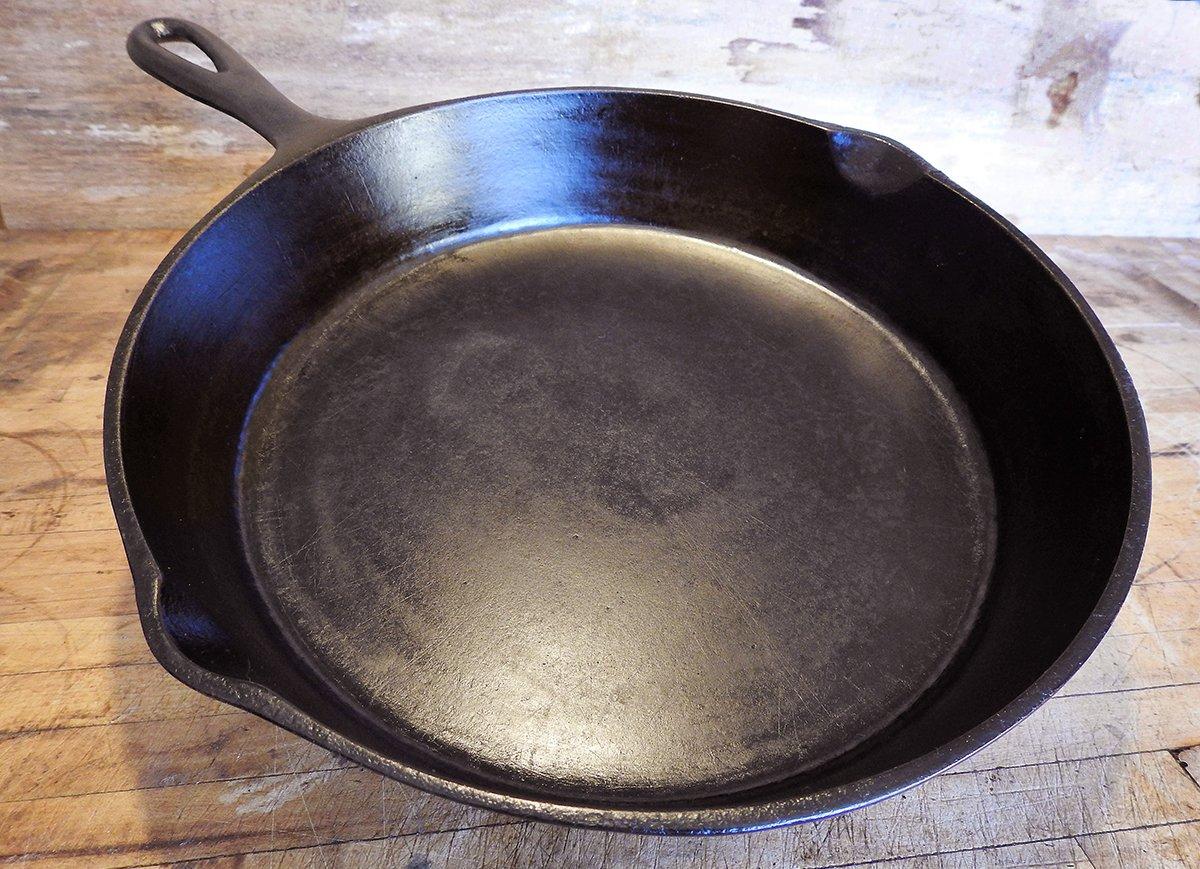Old skillets are more than just utensils, they are holders of memories and reminders of good times.
My Granny couldn't bear the thought of someone being hungry. Family, friend, or stranger, each person that entered her house would be met with a heartfelt, I'm so glad to see you, have you eaten yet? The greeting would always be followed by an offer to cook whatever meal happened to coincide with the time of day.
First for her seven children, then for a multitude of grandchildren and great-grandchildren, Sunday dinners at Granny's house would always feature something delicious. Her fried chicken and fried hand pies will forever hold a spot in my heart. I have tried repeatedly to replicate her finished dishes, but nothing I cook will ever measure up.
A few days after the funeral, as her things were being packed and her house emptied, I was asked what I wanted as a keepsake. I answered immediately that I would like to have one of her iron skillets. The same skillets I had seen on her stove or in her oven so many times throughout my life.
The one I ended up with is a Lodge #7. Based on the markings and lack of lettering to go along with the number, it was probably manufactured sometime in the 1940's. Over 70 some odd years of constant use, the skillet's surface had been worn to a mirrored finish. The seasoning built from batches of chicken or pones of cornbread too numerous to count has left the pan as nonstick as any of today's miracle coatings. Even the handle had been worn smooth over the years.
Some might retire such a treasure to a shelf or a cabinet. Not me. I plan to use my skillet just like Granny did. And each time I use it, I will fondly remember meals with my grandparents. How will I take care of it? The exact same way she has for the last 70 years.
- I'll wash it with hot water while the skillet is still warm. If it needs a bit of soap, I will use it. Mark Kelly, PR and advertising manager with Lodge Cookware, says a mild dish soap is perfectly acceptable to use on a well-seasoned pan and won't damage the seasoning at all.
- If I have stuck-on bits that soap and a dish rag won't remove, I will toss in a handful of coarse salt and scrub it against the pan. If even that doesn't work, I will put a little water in the skillet and put it back on the stove to simmer for a bit. Then I'll use a spatula to scrape off the softened bits.
- I'll avoid super high acid recipes. A bit of tomato in a dish won't hurt the seasoning, but I will probably pick a different pan for vinegar-based dishes.
- If, at some time in the future, the seasoning seems like it is a little thin and food is sticking, I will re-season the pan with a bit of bear grease. If I don't have bear grease (I try to never run out of rendered bear grease), then I will use a little Crisco shortening. I will put the skillet, upside down, on the top rack of the oven with a sheet pan under it and heat it at 350 degrees for about an hour. If needed, I might repeat the process a time or two.
- I will make sure the pan is always dry before I put it away. Rust is the only enemy of cast iron, and a dry pan doesn't rust.
Hopefully, at some point in the future, one of my grandchildren will ask to keep the skillet I used so many times over the years. And hopefully, they will continue to use it just like I plan too.










